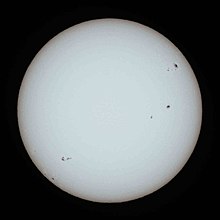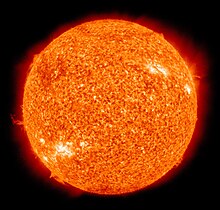The Sun is the star at the center of the Solar System. It is a nearly perfect sphere of hot plasma,[15][16] with internal convective motion that generates a magnetic field via a dynamo process.[17] It is by far the most important source of energy for life on Earth. Its diameter is about 1.39 million kilometers (864,000 miles), or 109 times that of Earth, and its mass is about 330,000 times that of Earth. It accounts for about 99.86% of the total mass of the Solar System.[18] Roughly three quarters of the Sun's mass consists of hydrogen(~73%); the rest is mostly helium (~25%), with much smaller quantities of heavier elements, including oxygen, carbon, neon, and iron.[19]
Health,home workout,gym,fashion,games for girls 2020,sun,internet,www,global warming,Network marketing,computer,flipkart,Amazon,Mobile,
Subscribe to:
Post Comments (Atom)
Top 10 Best Hacking Software...(In simple way)
Top 10 Most Popular Ethical Hacking Tools (Best Rankings) Ethical Hackers: A person who performs the hacking activities is called a hacker...

-
Adsense Self Click Trick 2021 100% Working If i share ‘adsense self click trick’ openly then AdSense can block that trick immediately, so gu...
-
Best DSLR camera under 50000 in India 2020 Publise By Himanshu raj date=8 August 2020 1. Canon EOS M50 DSLR Camera SPECIFICATI...
-
Hello guys mai apke liye top 20 websites laya hoo jisjase aap h.d movie download or online watch kar sakege. its free bollywood mov...


Nice
ReplyDelete